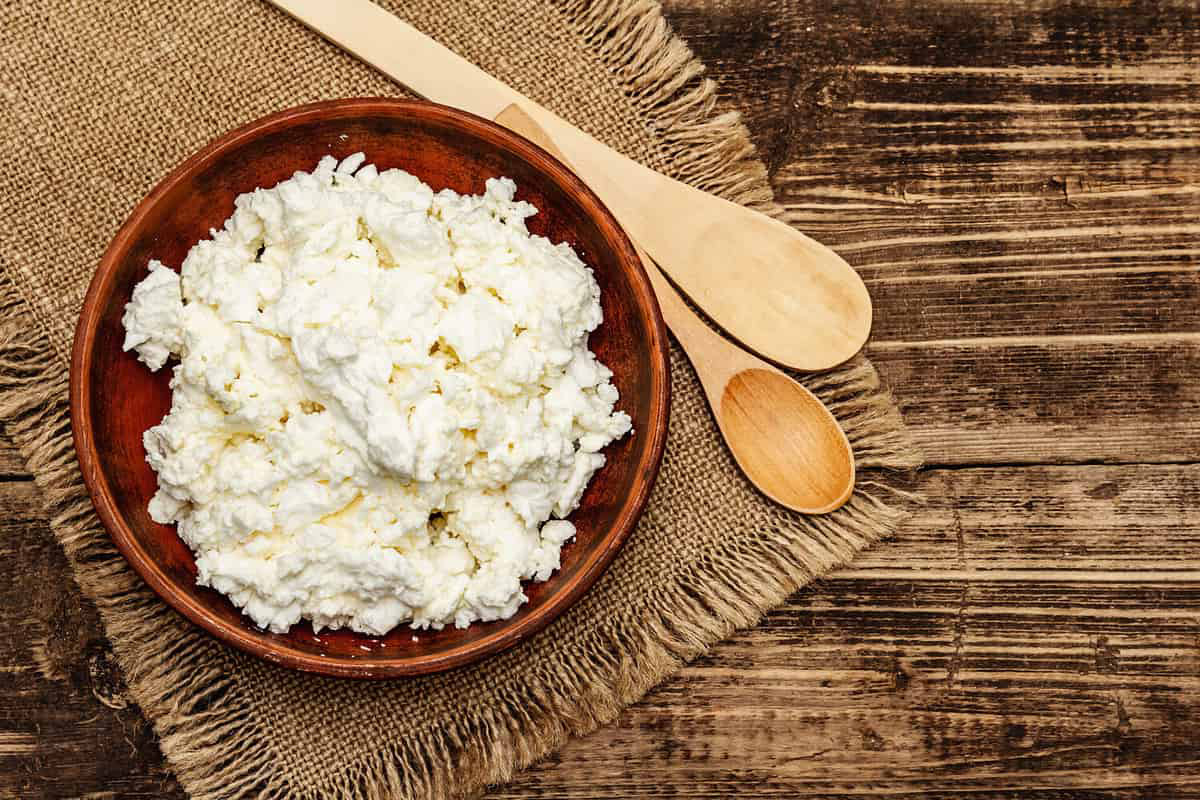
When indulging in the sweet, crunchy delight of tanghulu, one common question that pops up is about its shelf life. Typically, tanghulu can last between 1 to 3 days when stored properly. The longevity of this traditional Chinese candied fruit snack depends significantly on storage conditions and the type of fruit used. This article will guide you through the key factors that influence how long tanghulu remains fresh and enjoyable.
Optimal Storage Conditions
Tanghulu is best enjoyed fresh, but if you need to store it, the following tips will help extend its shelf life:
- Keep it Cool: Store tanghulu in a cool, dry place. Excessive humidity and heat will cause the sugar coating to melt and the fruit to spoil quicker.
- Avoid Refrigeration: While it might seem counterintuitive, do not refrigerate tanghulu. The moisture in the fridge can soften the hard sugar coating, making it sticky and less enjoyable.
- Air-Tight Containers: Use air-tight containers to store tanghulu. This prevents the sugar from absorbing moisture from the air, which can lead to softening of the candy shell.
Factors Affecting Tanghulu’s Shelf Life
Type of Fruit
The choice of fruit is crucial in determining how long your tanghulu will last. Here are some common fruits used and their impact on shelf life:
- Strawberries and Grapes: These fruits have a higher water content, which can cause the sugar coating to break down faster. They typically make tanghulu last for about 1 day.
- Apples and Pears: These firmer fruits hold up better and can keep your tanghulu enjoyable for up to 2-3 days.
- Berries: Smaller berries like blueberries or raspberries may last only a day due to their delicate nature and high moisture content.
Environmental Factors
The environment where you store your tanghulu plays a pivotal role in its preservation:
- Humidity: High humidity levels can be detrimental. They speed up the deterioration process by affecting the candy’s texture.
- Temperature: Warmer conditions will decrease the lifespan of tanghulu by hastening fruit spoilage and sugar melting.
Sugar Coating Thickness
The thickness of the sugar coating can also influence longevity:
- Thicker Coatings: Generally, a thicker layer of sugar helps preserve the fruit longer by providing an extra barrier against moisture and bacterial growth.
- Even Coating: Ensuring the sugar coats the fruit evenly can prevent exposed areas where moisture can seep in and cause spoilage.
Best Practices for Prolonging Freshness
To maximize the enjoyment of your tanghulu, consider these additional tips:
- Immediate Consumption: Tanghulu is traditionally made to be eaten soon after preparation. Planning your quantity to match immediate consumption can often be the best approach.
- Handling Care: Minimize touching or poking the tanghulu. Once the sugar shell is compromised, moisture can invade more easily.
- Batch Size: Prepare smaller batches to ensure that you’re only making as much as can be eaten in a short period.
DIY Tips for Making Lasting Tanghulu
If you’re preparing tanghulu at home, here are some methods to help extend its freshness:
- Select the Right Fruit: Opt for firmer, less juicy fruits if you plan to keep tanghulu for a couple of days.
- Proper Drying: Before dipping the fruit in the sugar syrup, make sure they are completely dry to avoid trapping moisture under the sugar coat.
- Cool Before Storing: Allow the tanghulu to cool completely at room temperature before storing. This prevents condensation that could soften the sugar.
Conclusion
While tanghulu does not have a long shelf life, proper handling and storage can ensure that it remains delicious and crispy for a few days. Remember, the freshness of the fruit and the immediate environment are your best indicators of how long your tanghulu will last. Always aim for consumption shortly after preparation for the best taste and texture. Enjoy this delightful treat in its prime state by following these guidelines.
Was this page helpful?
Read Next: How to Store Tanghulu











